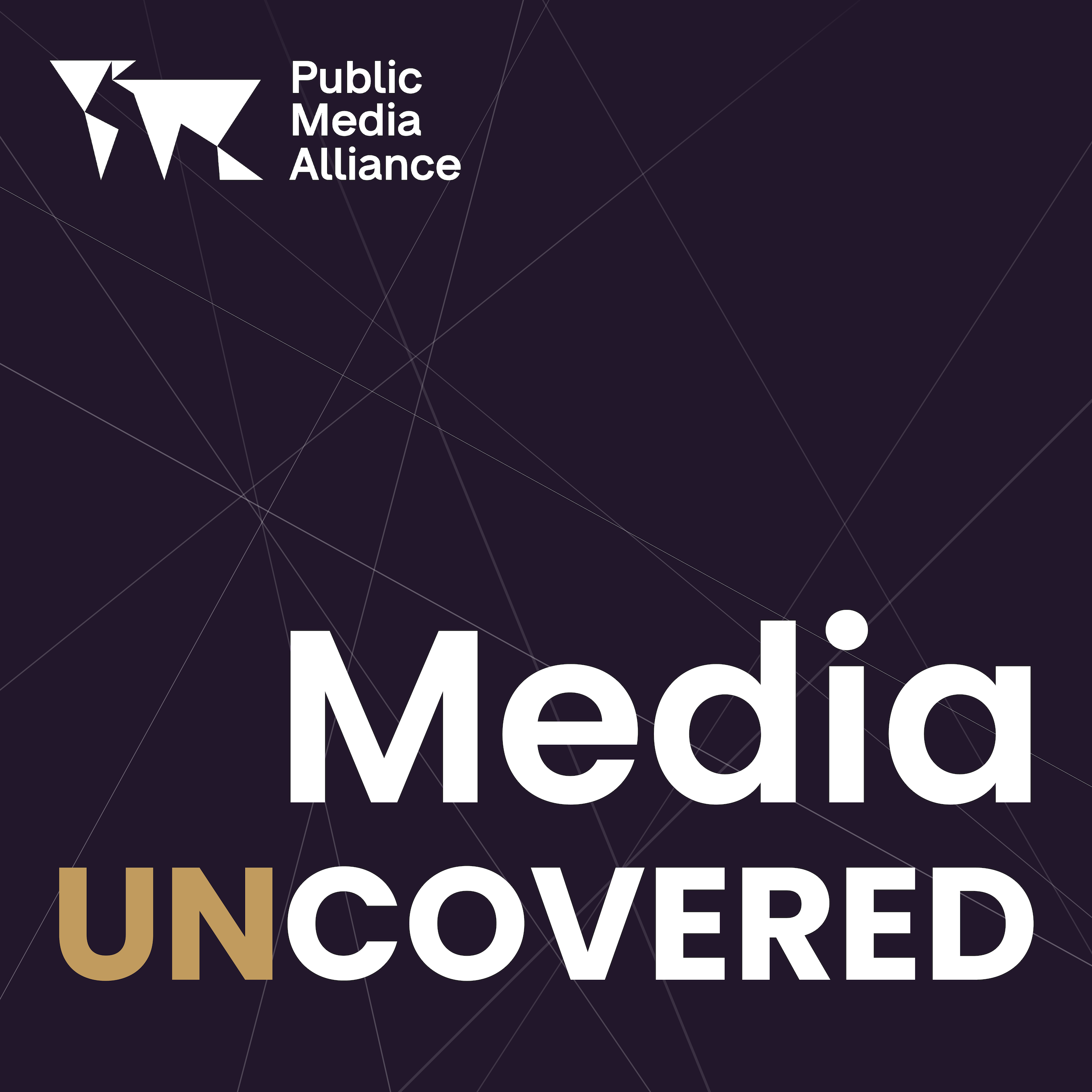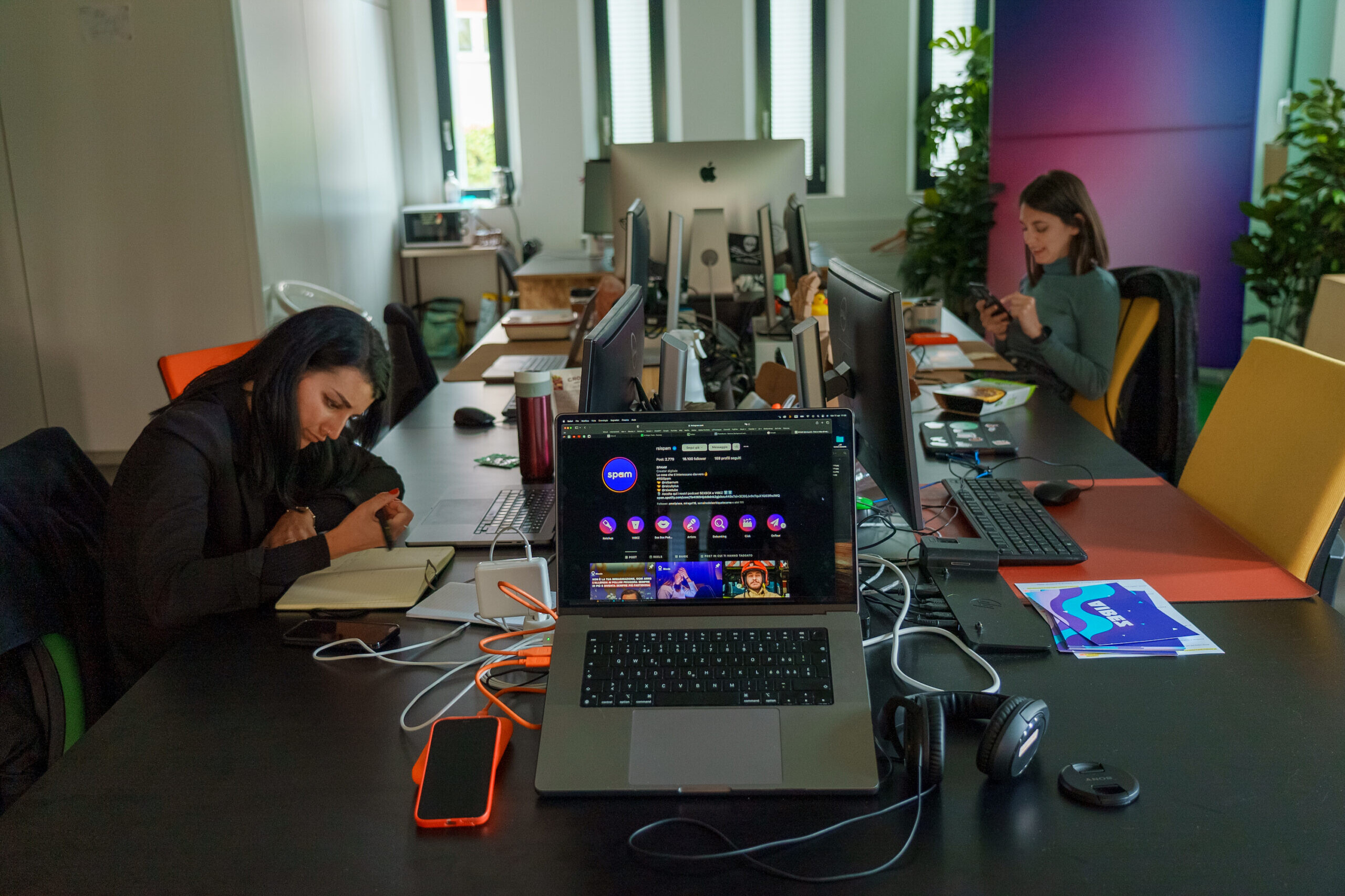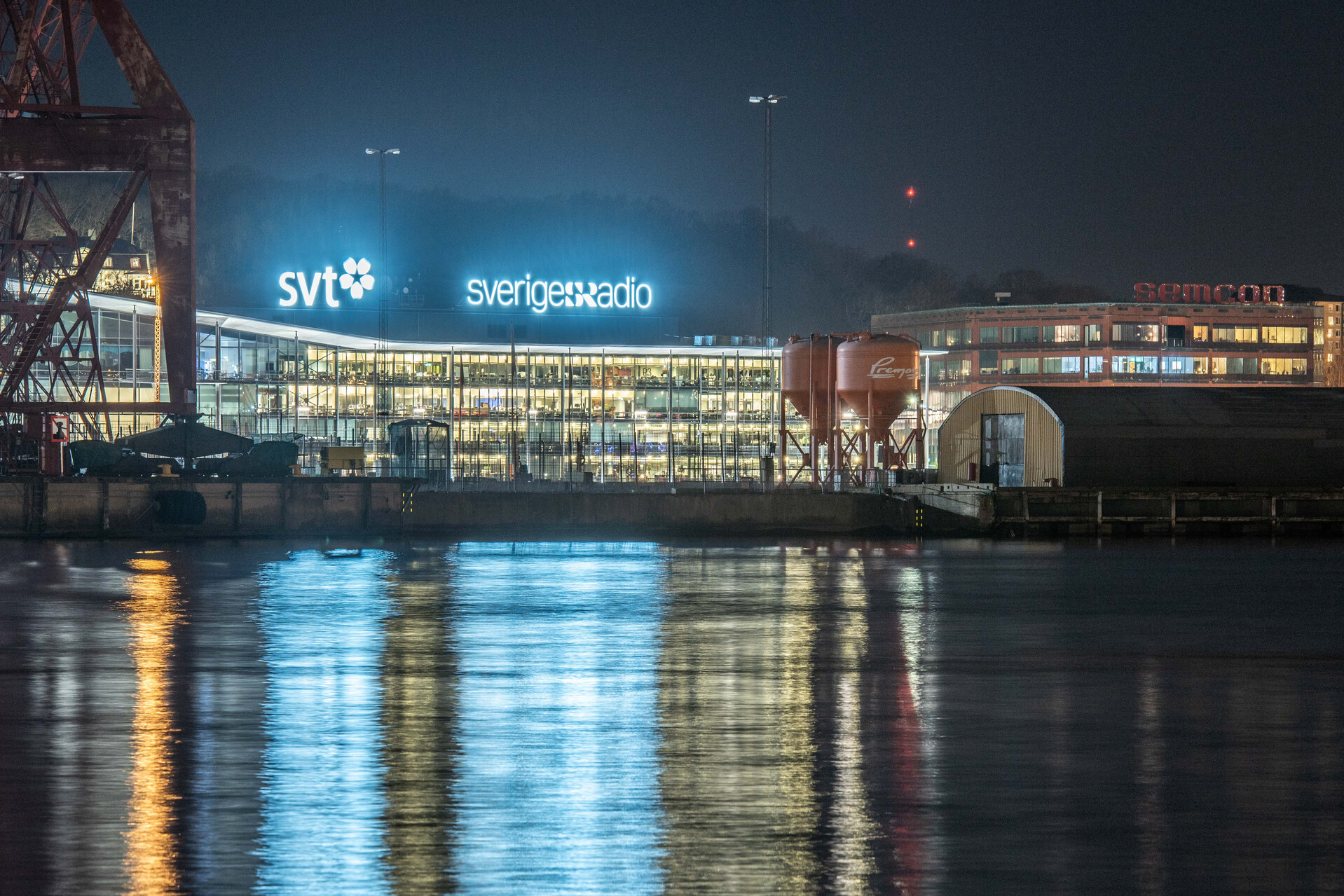How RTBF reaches young voters
31st October 2023
Ahead of Belgium’s federal elections, Belgium’s French-language public broadcaster, RTBF, is heading to schools to connect with the young voters.

– By Charlotte Pion
A few months away from the federal elections in Belgium, public service media organisations have started their coverage of the campaigns, already producing an array of articles on various themes around political parties.
For a part of the electorate, it will be first time they will be asked to vote. So how does public service media reach this new generation of voters?
Reaching the impossible generation
Studies from the Reuters Institute of Study for Journalism and public media organisations revealed that reaching and engaging with the younger audience has remained a challenge for public service media. To address this, the strategy of RTBF revolved around the production of content on different platforms, such as TikTok, YouTube and Instagram. Mehdi Khelfat, Chief editor and news editor for the “New Generation” public at Belgium’s French-language public media, RTBF, told PMA how they transformed their offer to reach this very online generation, especially in times of elections.
Since 2022, the French speaking public broadcaster of Belgium RTBF, has oriented its offers and editorial line according to different audiences.
Read More: VRT’S EDUbox, “a programme, not for television or radio, but for the classroom”
After conducting several pieces of research on the use and habits of consumption of the services they offer, and audience analysis, four categories of audience were determined: the first is the demanding audience, interested in specific and in-depth subject(s), the second is the more familial and intergenerational audience, often called the “grand public”. Then there is the “young adults” audience, while the final group is the younger public aged eight to 25, also called the “new generation”.
This last group is an audience that has very different expectations, interests and consumption patterns than the traditional offer. More focused on new technologies and social media and less inclined to listen to the radio or watch television, it is a whole new strategy that the RTBF created to reach this age group to provide specific forms of information and entertainment.
Listen toour podcast
Uncovering and exploring the biggest
issues facing public media
Informing, teaching, listening, the focus on the new generation.
Mr. Khelfat remarked that in the past, very little content was produced for the new electorate to understand why it was important to vote or how to do so. This time, RTBF has come up with a brand-new plan to inform every generation of the public, focusing on various themes and issues that concern each group of society. The public broadcaster has worked on the coordination of the election coverage for a year, gathering the different divisions in order ensure a synergy between the diverse news services.
Meanwhile, the“new generation” division dedicated to the new voters has put in place various tools of information:
Already established workshops and programmes are used to meet this younger audience, share information with them, and ultimately, to listen to what they have to say, what their interests and preoccupations are for the future and society.
RTBF has also produced a programme, Tarmac @ School , a project of RTBF’s youth digital media brand, Tarmac, where a team of RTBF staff went to meet 16 to 18-year-old students in several high schools of the country. With a concept around sound, Tarmac wanted to give young people a chance to share their passions, the difficulties they are going through, how they cope with them and what their vision of the world was. With the information gathered during these workshops, TARMAC created a programme addressing the issues that touches this generation.
“We want to show the generations who will build the future that we are there for them, that we listen and we give them a voice.” – Mehdi Khelfat, Chief editor and news editor for the “New Generation” public at RTBF
In light of the coming elections, Mr Khelfat told PMA that “projects like this one will be conducted on a large scale, to seek out their concerns, listen and feel what worries them in order to confront politicians with these topics”.
By making use of already existing programmes and news platforms they use every day, the aim of the “New Generation” division is to educate their audience about everything that surrounds the election: from explaining what is the left, what is the right, why do citizens vote and how to do it, to what democracy is. Through the creation of various formats more adapted to this audience, as well as an electoral test specifically aimed at younger people, the RTBF wants to attain this part of society and fulfil its role as a public service. Mr Khelfat said they “want to show the generations who will build the future that we are there for them, that we listen and we give them a voice”.
Informing young people and beyond
One challenge that the Belgian public service is facing today, is that the population of first voters has expanded more than ever before, as the voting age has been amended from 18-years-old to 16. So, the “New Generation” division has planned a large array of different tools and programmes responding to the interests and concerns of the different ages. After all, election times bring about a series of concepts and terms that many people do not always understand. As Mr. Khelfat told PMA, many of the formats created by Tarmac and Tipik – the digital, radio and TV channel dedicated to young adults – would also be helpful for other older publics to understand the entangled system of the Belgian political system.
Related Posts
27th June 2023
“More than a tool”: RTVE uses AI tech to cover local elections
RTVE is revolutionising its approach to…
12th May 2023
How RSI’s youth platform, Spam, reaches their audience
RSI launched Spam in 2016 to reach…
29th September 2022
Sweden: Implications for public media after election
Elections in Sweden have seen gains for…
24th October 2019
Public broadcasters and youth media literacy
Effective democracy relies on citizen’s…




